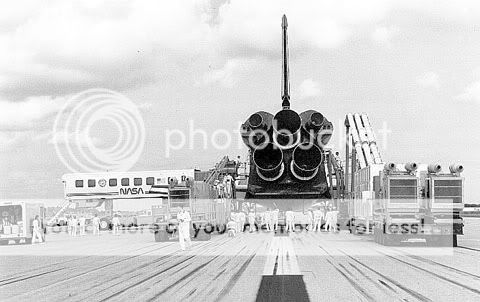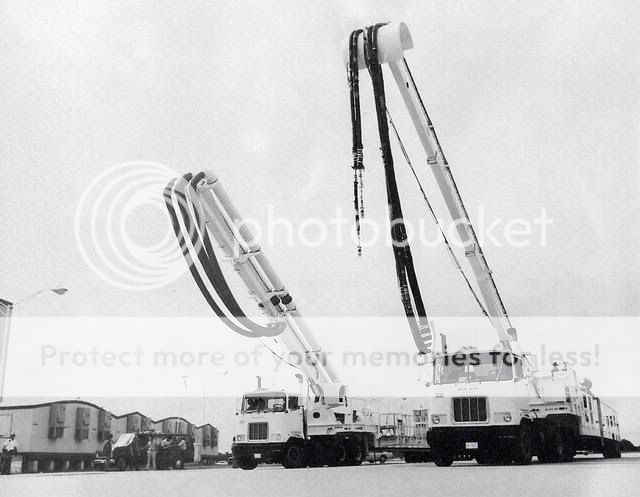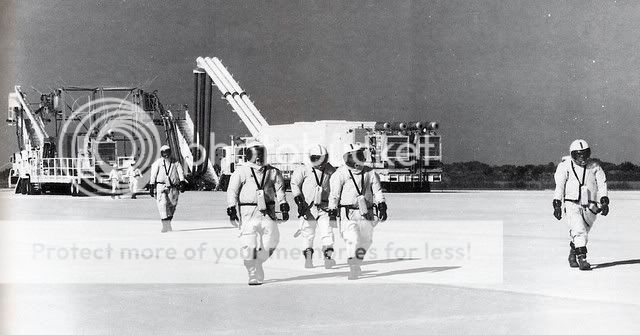It looks like you're using an Ad Blocker.
Please white-list or disable AboveTopSecret.com in your ad-blocking tool.
Thank you.
Some features of ATS will be disabled while you continue to use an ad-blocker.
share:
Los ovnis boludos 1
youtube.com...
Los ovnis boludos 2
youtube.com...
Los ovnis boludos 3
youtube.com...
Los ovnis boludos 4
youtube.com...
Los ovnis boludos 5
youtube.com...
Los ovnis boludos 6
already posted by the OP
Los ovnis boludos 7
youtube.com...
youtube.com...
Los ovnis boludos 2
youtube.com...
Los ovnis boludos 3
youtube.com...
Los ovnis boludos 4
youtube.com...
Los ovnis boludos 5
youtube.com...
Los ovnis boludos 6
already posted by the OP
Los ovnis boludos 7
youtube.com...
reply to post by dirtybastard
I would have to speculate on this point, but I can think of a couple of reasons why they are more prone to survive reentry. First, they are contained inside the rocket body, so when the rocket body burns up and breaks apart, the tanks are scattered and spared the brunt of the reentry heat. Secondly, these tanks, as well as oxygen tanks, are normally spherical in shape. Spherical objects are not only stronger then other objects, but they are also somewhat aerodynamic. With this in mind, they suffer less air resistance then other objects during reentry, and are more structurally reinforced.
If you recall correctly, when the Shuttle Columbia broke up on reentry, they issued warnings to the public not to touch debris as they may be poisonous. What they were specifically worried about was that someone would find the OMS Rocket Oxidizer Tanks which were in the tail of the shuttle. If you have ever seen a shuttle land, you have probably noticed the huge fans on wheels that they roll out behind the shuttle (Vapor Dispersal Units), those are to scatter any of the Oxidizer that is still coming off the Shuttle from the OMS De-orbit Burn.





[edit on 11/11/2007 by defcon5]
I would have to speculate on this point, but I can think of a couple of reasons why they are more prone to survive reentry. First, they are contained inside the rocket body, so when the rocket body burns up and breaks apart, the tanks are scattered and spared the brunt of the reentry heat. Secondly, these tanks, as well as oxygen tanks, are normally spherical in shape. Spherical objects are not only stronger then other objects, but they are also somewhat aerodynamic. With this in mind, they suffer less air resistance then other objects during reentry, and are more structurally reinforced.
If you recall correctly, when the Shuttle Columbia broke up on reentry, they issued warnings to the public not to touch debris as they may be poisonous. What they were specifically worried about was that someone would find the OMS Rocket Oxidizer Tanks which were in the tail of the shuttle. If you have ever seen a shuttle land, you have probably noticed the huge fans on wheels that they roll out behind the shuttle (Vapor Dispersal Units), those are to scatter any of the Oxidizer that is still coming off the Shuttle from the OMS De-orbit Burn.
STS-117
4:11 p.m. - The recovery operations convoy has arrived. When the vehicle is considered safe from all potential hazards and free of toxic gases, the purge and coolant umbilical access vehicle moves into position at the rear of the orbiter.
Orbiter Processing
The first staging position of the convoy after Discovery lands is 1,250 feet from the orbiter. Safety assessment teams dressed in protective attire and breathing apparatus use detectors to obtain vapor level readings around the orbiter. They test for possible explosive or toxic gases such as hydrogen, hydrazine, monomethylhydrazine, nitrogen tetroxide or ammonia. Once the forward and aft safety assessment teams successfully
complete their toxic vapor readings around the orbiter, purge and coolant umbilical access vehicles are moved into position behind the orbiter to gain access to the umbilical areas. Checks for toxic or hazardous gases are completed in the areas of the aft fuselage. If no hydrogen gases are present, convoy operations continue. If hydrogen gases are detected, the crew is evacuated immediately, convoy personnel are cleared from the
area and an emergency power-down of the orbiter is conducted. After carrier plates for the hydrogen and oxygen umbilicals are installed, coolant and purge air begin flowing through the umbilical lines. Purge air provides cool and humidified air conditioning to the payload bay and other cavities to remove any residual explosive or toxic fumes that may be present. The purge of the vehicle normally occurs within 45 to 60 minutes after an orbiter comes to a full stop. Transfer of the air conditioning function to ground services occurs at about the same time, allowing onboard cooling to be shut down.
Post Landing
The Orbiter Recovery Convoy consists of a number of specially-designed vehicles and a team of specialists who safe and service the orbiter and assist in crew egress. Included in the convoy are ll special vehicles and units. A brief description of these follows.
Scape Trailer . Self-Contained Atmospheric Protection Ensemble (SCAPE), vehicle, parked at a midfield location during landing, contains the equipment necessary to support recovery including recovery crew SCAPE suits, liquid air packs, and a crew who assist recovery personnel in suiting-up in protective clothing.
Vapor Dispersal Unit. The Vapor Dispersal Unit is a mobile wind-making machine able to produce a directed wind stream of up to 45 mph. It is an adaptation of a standard 14-ft. agricultural wind machine designed to protect fragile agricultural crops from frost damage or freezing. It is used by the recovery team to blow away toxic or explosive gases that may occur in or around the orbiter after landing. The fan can move 200,000 square feet of air a minute.
Coolant Umbilical Access. This apparatus is a stair and platform unit mounted on a truck bed which permits access to the aft port side of the orbiter where ground support crews attach coolant lines from the Orbiter Coolant Transporter.





[edit on 11/11/2007 by defcon5]
new topics
-
A Warning to America: 25 Ways the US is Being Destroyed
New World Order: 2 hours ago -
President BIDEN's FBI Raided Donald Trump's Florida Home for OBAMA-NORTH KOREA Documents.
Political Conspiracies: 8 hours ago -
Maestro Benedetto
Literature: 9 hours ago -
Is AI Better Than the Hollywood Elite?
Movies: 10 hours ago
top topics
-
President BIDEN's FBI Raided Donald Trump's Florida Home for OBAMA-NORTH KOREA Documents.
Political Conspiracies: 8 hours ago, 28 flags -
Gaza Terrorists Attack US Humanitarian Pier During Construction
Middle East Issues: 14 hours ago, 8 flags -
Massachusetts Drag Queen Leads Young Kids in Free Palestine Chant
Social Issues and Civil Unrest: 16 hours ago, 7 flags -
Las Vegas UFO Spotting Teen Traumatized by Demon Creature in Backyard
Aliens and UFOs: 13 hours ago, 6 flags -
A Warning to America: 25 Ways the US is Being Destroyed
New World Order: 2 hours ago, 6 flags -
Meadows, Giuliani Among 11 Indicted in Arizona in Latest 2020 Election Subversion Case
Mainstream News: 16 hours ago, 5 flags -
2024 Pigeon Forge Rod Run - On the Strip (Video made for you)
Automotive Discussion: 14 hours ago, 4 flags -
Is AI Better Than the Hollywood Elite?
Movies: 10 hours ago, 3 flags -
The functionality of boldening and italics is clunky and no post char limit warning?
ATS Freshman's Forum: 15 hours ago, 1 flags -
Maestro Benedetto
Literature: 9 hours ago, 1 flags
